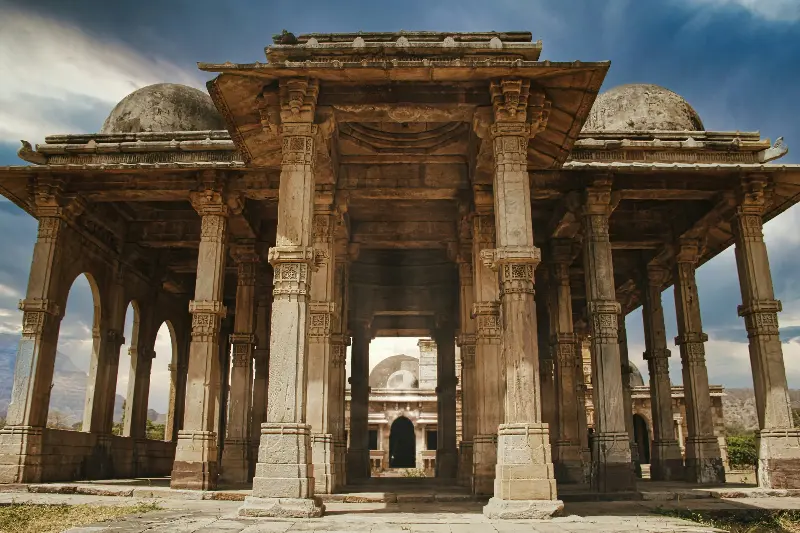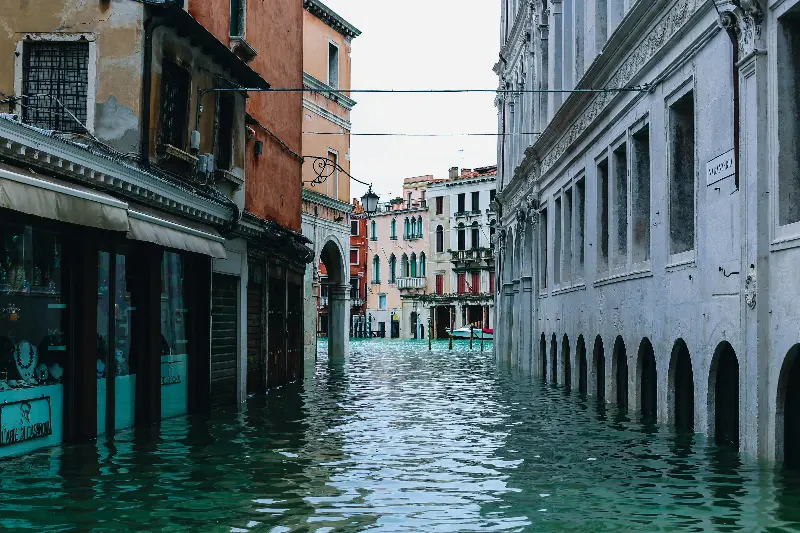Across continents and centuries, world heritage sites are the crown jewels of human legacy and natural wonder. These iconic places—be it ancient cities crumbling in the desert or coral reefs glimmering beneath turquoise waves—carry stories of our shared past. Yet, amid political changes, urban expansion, and the accelerating pace of climate change, many of these irreplaceable treasures are teetering on the brink, threatened in ways unimaginable just a generation ago.

The Fragile Tapestry of World Heritage
World heritage sites are not just about stone monuments or tropical forests; they are living windows into who we have been and what we value. There are more than 1,100 sites recognized by UNESCO for their “outstanding universal value”—from the Pyramids of Giza and the Great Barrier Reef to Machu Picchu and Venice.
But as guardians of history and nature, these places often sit on fault lines—both literal and figurative. The recent tragedies of Notre-Dame’s fire in Paris or the destruction of Syria’s ancient Palmyra at the hands of conflict drive home how quickly even the most revered sites can be lost, sometimes irrevocably.
Climate Change: An Unstoppable Force
Perhaps the most significant threat facing world heritage sites today is climate change, which has no respect for national borders or historical significance. Rising sea levels and extreme weather are endangering places as diverse as Venice, whose famous canals are experiencing more frequent flooding, and the Statue of Liberty, where floodwaters from Hurricane Sandy in 2012 caused tens of millions of dollars’ worth of damage.
Some threats are less visible but equally disastrous. Extreme heat and droughts are eroding the ancient mud-brick city of Chan Chan in Peru, while wildfires recently swept through the Blue Mountains in Australia, blackening parts of the Gondwana Rainforests. Even the world’s oldest coral structure, Australia’s Great Barrier Reef, has suffered massive coral bleaching, a direct result of warming seas.

Urbanization and Mass Tourism: Loving Our Wonders to Death
In many cases, it’s not natural cataclysms but our own collective enthusiasm that puts world heritage sites at risk. Mass tourism, fueled by cheap flights and social media, is bringing record numbers of visitors to fragile sites. Machu Picchu, once a remote Andean citadel, now welcomes more than 1.5 million tourists annually, far exceeding its recommended visitor capacity.
Overcrowding causes physical wear on ancient steps and walls, and the urban sprawl that accompanies large tourist influxes can damage the natural environment surrounding these wonders. It’s a paradox: while tourism can fund conservation, it can also hasten a site’s decline if not managed with care.
Cities such as Dubrovnik—famously featured in “Game of Thrones”—have struggled to balance their economic revival under the spotlight of global tourism with the need for preservation. Local authorities sometimes resort to limiting cruise ships or restricting daily visitors in a bid to protect these unique places.
Conflict and Neglect: When Preservation Collides With Crisis
Not all threats are gradual. Wars, looting, and simple neglect have spelled disaster for many heritage sites. The tragic demolition of the Bamiyan Buddhas in Afghanistan and the bombings in Yemen’s Old City highlighted how political instability can erase thousands of years of history overnight.
Elsewhere, global attention may be focused elsewhere, and historic buildings or landscapes suffer from basic neglect. Pollution, poor urban planning, and lack of funding can leave heritage sites vulnerable to slow decay.
Hopeful Acts of Preservation and Resilience
While the catalogue of threats is sobering, inspiring stories of resilience and innovation abound. In Italy, scientists and craftsmen rushed to stabilize and restore the Leaning Tower of Pisa before gravity could topple it forever. In Cambodia, the temples of Angkor are being painstakingly mapped and preserved using the latest digital technologies, from drones to 3D scanning.
Even for sites hit hardest by natural disasters, hope persists. After earthquakes devastated Nepal’s Kathmandu Valley in 2015, artisans across the country combined ancient skills with modern engineering to rebuild temples, one intricate carving at a time.
Technology is also being harnessed like never before. Digital replicas can now preserve the knowledge and beauty of heritage sites under threat, ensuring that even if a monument is lost or damaged, its memory will endure.
What We Can Do: Guardians of Tomorrow
Preservation depends not just on governments or international organizations but on all of us. Visiting heritage sites responsibly, supporting global conservation efforts, and spreading awareness all matter. More and more communities are turning to sustainable tourism, capping visitor numbers, and reinvesting income into site maintenance and local livelihoods.
Cultural heritage, after all, is really about people: human stories etched in stone, encoded in tradition, and entangled with nature. By honoring, exploring, and protecting these wonders, we ensure they become not just a memory of the past, but a living gift for future generations.
In the end, the race against time to save our world heritage sites is truly a race for who we are—and who we wish to be. Will we answer the call as stewards of these wonders, or let them slip quietly into history? The choice, and the opportunities, lie with each of us.
